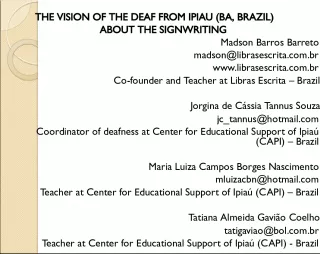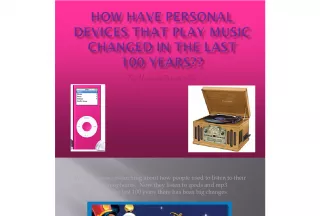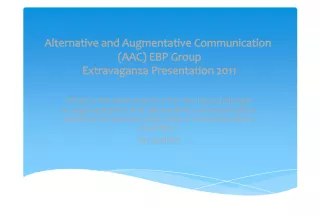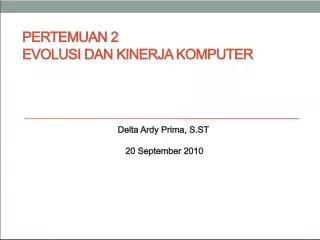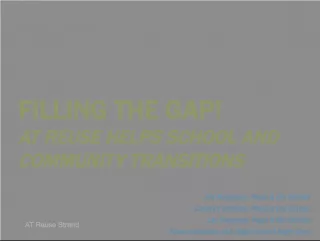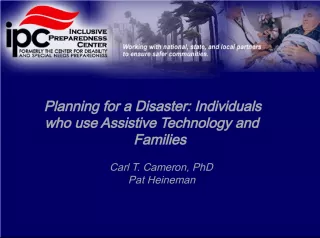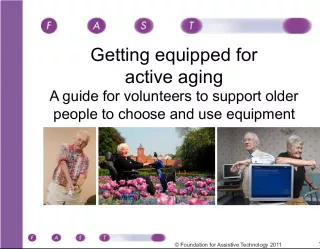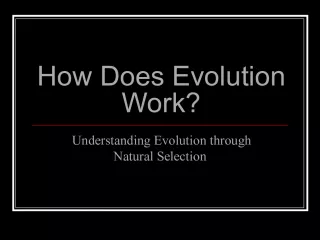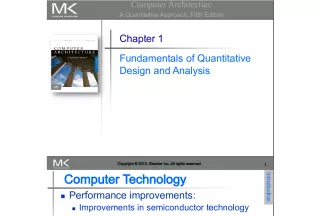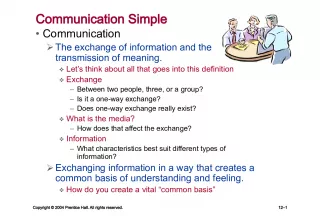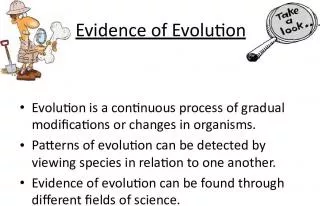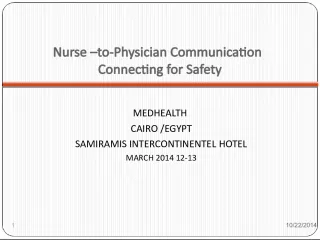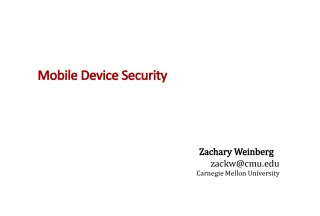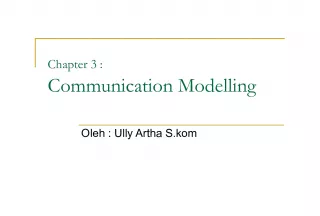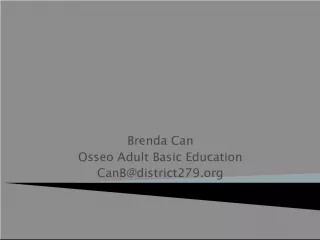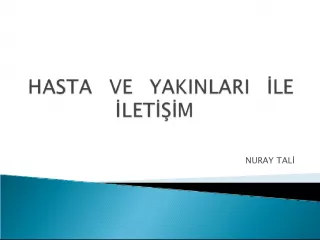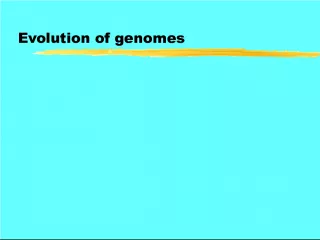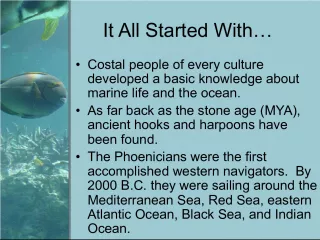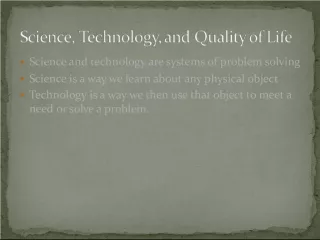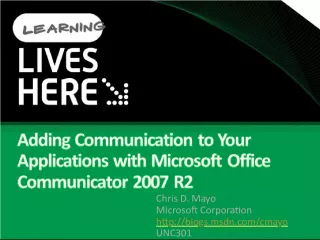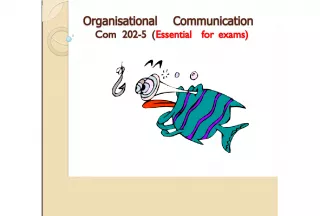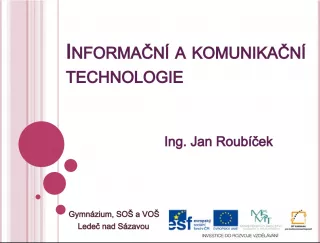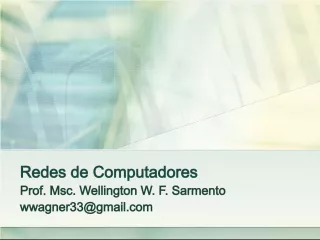The Evolution of Communication Technology for Deaf People: From the Telephone to TTY
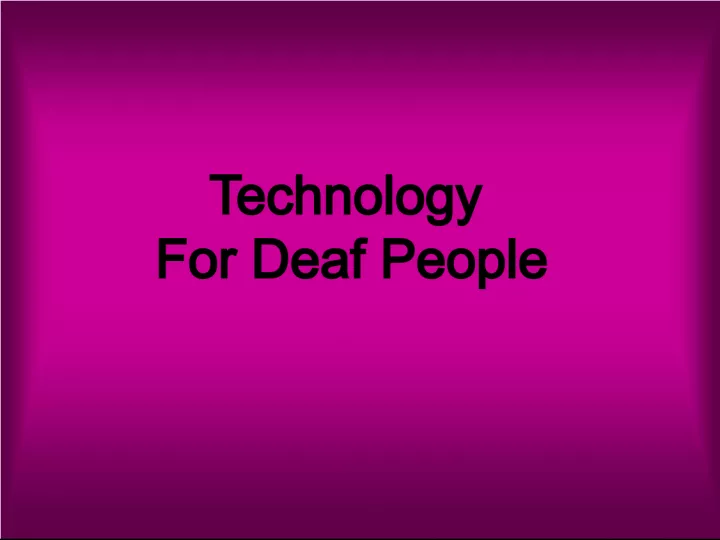

In 1876, Alexander Bell invented the telephone with the intention of assisting the deaf community. However, the telephone ended up isolating the deaf
- Uploaded on | 2 Views
-
 poojathampy
poojathampy
About The Evolution of Communication Technology for Deaf People: From the Telephone to TTY
PowerPoint presentation about 'The Evolution of Communication Technology for Deaf People: From the Telephone to TTY'. This presentation describes the topic on In 1876, Alexander Bell invented the telephone with the intention of assisting the deaf community. However, the telephone ended up isolating the deaf. The key topics included in this slideshow are . Download this presentation absolutely free.
Presentation Transcript
Slide1TechnologyFor Deaf People
Slide2Alexander Bell• 1876- Telephone invented by Alexander Bell • Created to assist Deaf People • Result- Deaf People are more isolated
Slide3Robert Weitbrecht• 1 9 6 4 - R o b e r t W e i t b r e c h t i n v e n t s T T Y • D e a f p h y s i c i s t i n C a l i f o r n i a . • T T Y c o s t $ 3 0 0 & w e i g h e d 1 5 0 l b s .
Slide4TT Y - P r o b l e m s • Y o u n e e d a s i g n a l s y s t e m t o a l e r t f o r c a l l s ( l i g h t s ) . • M u s t b e a b l e t o t y p e a n d r e a d • P r i c e s r a n g e f r o m $ 2 7 5 - $ 4 7 9 • E a c h p e r s o n n e e d s a T T Y • T T Y ’ s p l u g i n a n d n e e d e l e c t r i c i t y
Slide5TTY Etiquette• Identify yourself-Type “HI, JESSICA HERE” • “GA” = go ahead • “QGA”= Question • “HLD” = hold on a sec • “PLS”= please • “XXX” = oops I’m wrong, then re-type • Good bye options…… • “GA to SK” = go ahead/stop keying • “GA or SK” • “GASK” • Completely finished= “BYESKSK” - disconnect
Slide6French TTY
Slide7Maryland Relay• Started 1993-94 • MD one of the 1 st states • #711 • Operator-Introduces self and helps new user • Operators follow strict code of confedentiality • Cost shared by all • If the person who has the account is deaf they would get lower long distance fees
Slide8MD Relay cont’d• Pros • Deaf people get equal access with a MR operator • Can call anyone at anytime • Cons • Third person involved • Takes longer • Not enough operators • Expensive
Slide9Some MD RELAY SERVICES• HEARING-CARRY-OVER (HCO) : enables speech disabled users to directly hear the voice person's message. The Operator then voices the speech-disabled TTY user's typed response back to the voice caller. • VRS - Video Relay Service • CAPTel - captioning the phone conversation- no typing involved
Slide10Wyndtell Pager• Send text messages • Full keyboard • Sends the message to someone else's pager • Also types email & fax • Has software so you can talk on a TTY
Slide11Closed Captioning Words at the bottom of the T.V. screen • Started 1982 • 2 different kinds: real time captioning ( live programs) scripted (pre-recorded program)
Slide12Pr o b l e m s w i t h C l o s e d C a p t i o n i n g • L o s e e m o t i o n s i n p r o g r a m s • M u s t b e a b l e t o r e a d E n g l i s h q u i c k l y • C a p t i o n s m a y c u t o f f i n “ r e a l - t i m e ” • A t f i r s t T V s d i d n ’ t c o m e w i t h C C s o y o u h a d t o b u y a “ d e c o d e r ” f o r $ 2 0 0 • S i n c e 1 9 9 3 t v s l a r g e r t h a n 1 1 ” m u s t h a v e d e c o d e r c h i p - W h y ?
Slide13NCI- National Captioning InstituteReal-time captioning • 1. Someone is talking on TV • 2. At NCI -Stenographers watch the show & type on stenograph machine • 3. The phonetic type goes into a word processor at NCI –converted to English • 4. English sent back to the TV station through phone lines • 5. English is merged with the picture on the TV screen • 6. Sent out to viewers homes • Completed in 4-6 seconds !
Slide14Fire Alarms• Alarms have a flashing light/ sound alert and a vibrating pad (under a pillow or mattress) • shakes person awake when smoke is detected.
Slide15Icommunicator• Converts speech to text and video sign language in real time
